'Three Devil’s Servants in the Devil’s Mill'
A Time of Great Change
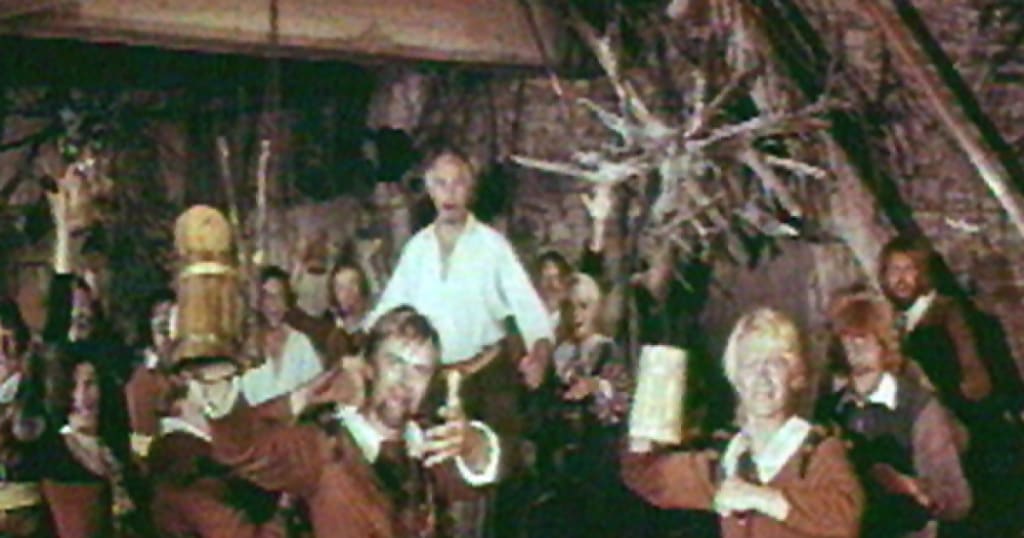
Well known Latvian actor and writer whose real name was Arvids Mihelsons was born near Riga, Latvia on October 23, 1886, died on October 14, 1961, and was buried in Riga in Meza Kapi or Forest Cemetery. During his illustrious career he took on the name of Rutku Tevs, or Radish Father if translated. The reason for this was that Rutku Tevs was the actor’s first role where the character he played in his army troop’s theater group had this name. In 1953, he wrote one of his most famous novels, Tris Vella Kalpi, or Three Devil’s Servants, which was made into a movie by the Riga Film Studio in 1970. The studio made a second film in 1972 calledTris Vella Kalpi Velna Dzirnavas, or Three Devil’s Servants in the Devil’s Mill.
The basis of the novel was about what was happening during the Polish-Swedish War, 1600 – 1629, in the area of Mara’s Undensdzirnas or Mara’s Watermill. Mara’s Mill was built in Pardaugava in the 13th century by where Marupite (a little river) flowed into Mara’s Dikis or Mara’s Pond. This particular place is now a park called Arkadijas Park. Of course the mill is long gone, but Marupite, Mara’s Pond and Arkadijas Park remain as silent witnesses of the past. Indeed in this place which is between the Pardaugava neighborhoods of Agenskalns (Agensmountain) and Tornakalns (Towermountain), there were skirmishes and battles during the 17th century at the time of the Polish-Swedish War. Mara’s Mill was used as a fortress because Riga had been occupied and everyone from the Lithuanians to the people of the Zemgales region of Latvia to the Polish and the Swedes were after the key of the city of Riga.
Riga Film Studio
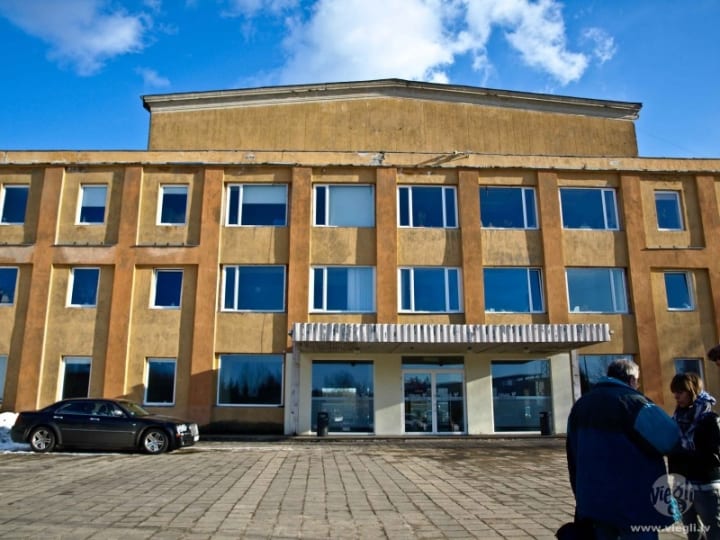
Arkadija Park
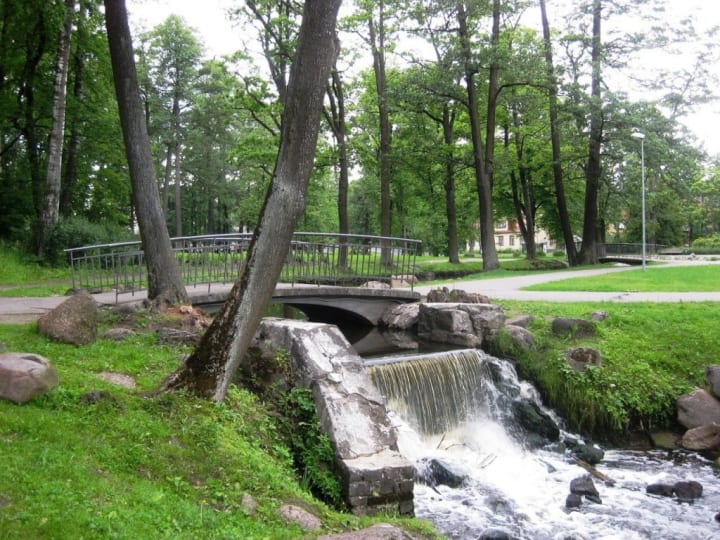
Mara’s Mill was one of the oldest mills in Riga, having been built in the 13th century around 1226. Until the middle of the 16th century, the mill belonged to Riga’s Domkapital meaning the land and mill belonged to the church. The last Archbishop Of Riga Wilhelm von Brandenburg and the last Master of the Livonian Order Gothard Kettler who was also the first Duke of Courland and Semigallia swore allegiance to the Polish King Sigismund the Old who also became the Grand Duke of Lithuania from 1506 – 1548. Therefore, when the Archbishop died in 1563, all of his and the church’s property including the land upon which Mara’s Mill stood went to King Sigismund the Old who, in turn, gave the mill as a gift to his secretary Andrej Spill who sold the mill back to the city of Riga for $3,500 in 1573.
The worst battles of the Polish-Swedish War occurred in Riga which was the city that guarded the Daugava Trading route and the way to get into Kurzeme and Lithuania from the sea route. Not able to take Riga by force alone, the Swedish army surrounded the city various times until on September 16, 1621, the people of Riga surrendered. All through the war years most of the fighting continued on Daugavas right bank, the surrounding islands and across the Daugava right opposite Riga. The most damage was done to the farther territories, including the area where Mara’s Mill stood, by invading Polish and Lithuanian Army troops not just in battle but due to marauding because the soldiers had little money and almost no food supplies. In this same year, there were several attempts to burn the mill down. Time went on and in 1626 the Polish Army attempted to break into Mara’s Mill twice, especially because it was one way to try and regain the city of Riga through the occupation of the mill. As if this wasn’t bad enough it was on February 13, 1627 when the Polish Army, in desperation and anger, murdered 10 farmers who were taking grain to the city. Their last attempt at getting the mill was on October 18, 1628.
Rutku Tevs in his novel Three Devil’s Servants explained the Polish attempt to constantly take over Mara’s Mill as a stubborn try to regain the city of Riga at all cost and looking upon the mill as a good starting point. The dilemma was that because the mill had a reputation of being a strong fortress, the closer the army came the sooner they retreated in fear when they heard shots being fired. There were a total of 15 Riga residents who kept the Polish Army at bay and they became known as the Devil’s Servants, even though the book mentions three. This is also due to the fact that a very popular song which is still sung today came out of this film and includes the words, "Three, three men rose to take on the battle, from Daugava to Gauja they surprised everyone...” During the time of the Russian-Swedish War, Mara’s Mill suffered damage once more and was repaired, but finally, at the beginning of the Great Northern War, the mill was burnt down and rebuilt in 1706.
Therefore, it is known that miller and builder Mikelis Glezers had to rebuild Mara’s Mill using cobblestones and adding several waterwheels. Over the entryway, Riga’s Coat of Arms was engraved. The mill was rented to millers whose job it was to see that the 20 kilometers of the waterway which brought water to the mill was well kept and in order. Flour was milled in Mara’s Mill till WW I, at which time in 1902 a steam operating system worked the mill. The end of the mill came in 1923-1924, when the areas of Agenskalns and Tornakalns were being re-planned, and at this time the mill was knocked down.
Agenskalns Today
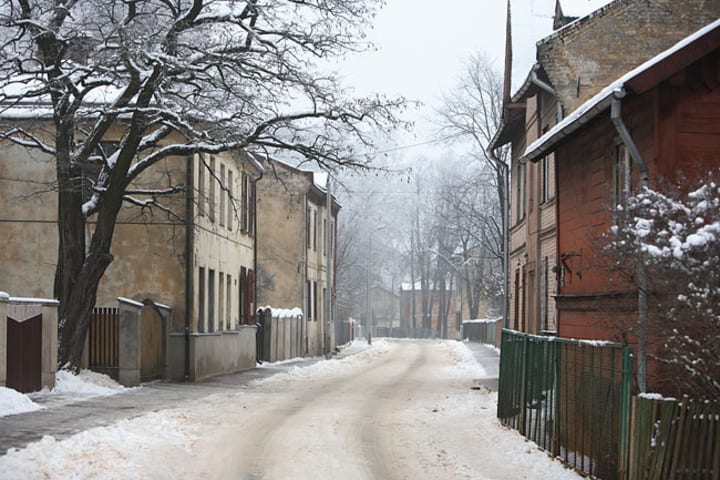
Tornakalns
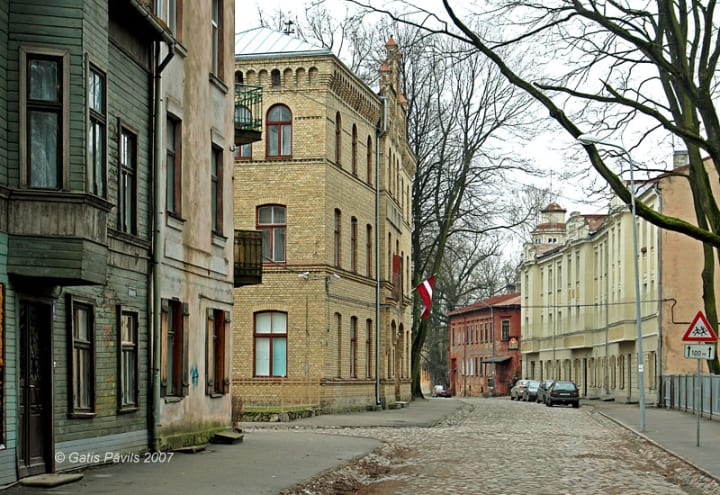
Maras’s Dikis, or Mara’s Pond, is one of the most likable of all Riga’s water sources. It is not a natural lake but rather a man-made one. This area is a favorite place for Riga’s citizens to take walks and relax. The city is reluctant to officially give Marupite’s area a park status because in 2004 Latvia’s Nature Fund informed that here they have discovered 26 lichen and 75 mushroom species and in and around Marupite quite a few rare and protectable invertebrate species. The best thing that the area can boast about at this time is sculptor Indulis Ranka’s sculpture garden which is found near the banks of Marupite.
Mara's Pond
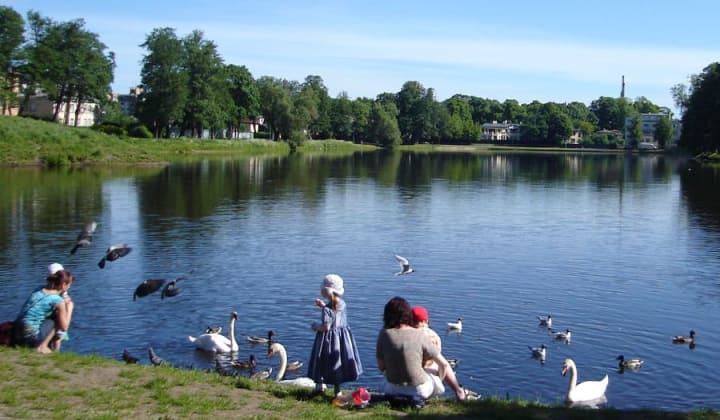
At one time on the banks of Marupite one could find various small estates and people who lived on the city side came here to celebrate what Latvians call Ligo celebration, or as it is known in other European countries, Midsummer’s Fest. Marupite has changed course several times as when the Tornkalna Railway Station was being built at the end of the 19th-century Marupites course changed toward Uzvaras or Victory Park and today flows through Arkadija Park. It has been possible to make artificial waterfalls and other interesting things within the park, like little bridges. The Marupite area is a delight to visit and to spend lazy spring and summer days watching the ducks swim and play.
Tornakalna Railway Station
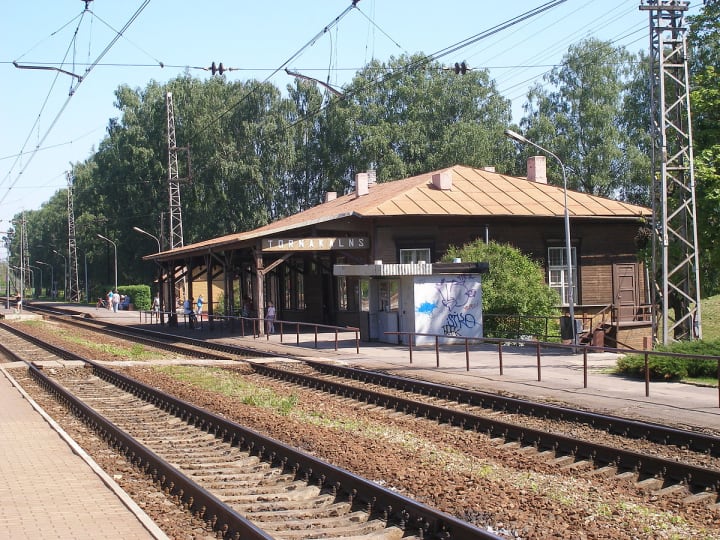
About the Creator
Rasma Raisters
My passions are writing and creating poetry. I write for several sites online and have four themed blogs on Wordpress. Please follow me on Twitter.






Comments
There are no comments for this story
Be the first to respond and start the conversation.